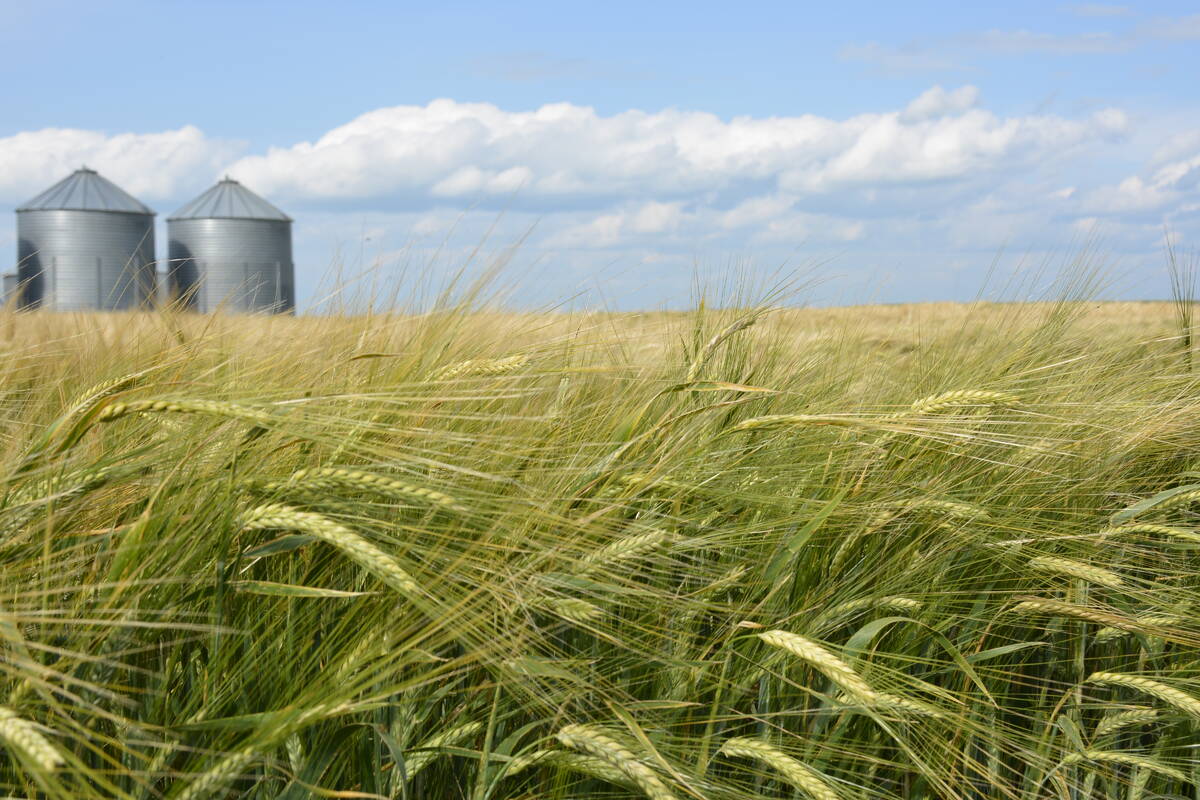FARGO, N.D. – How long does it take freshly cultivated soil to reach ambient air temperature in the spring?
Take a typical prairie stubble field in April with a typical amount of residue from last year’s cereal crop and a typical April sun.
Now do a single strip till pass to blacken and warm the seed row. How long before these strips warm to the same temperature as the warm spring air?
The most common answer is two weeks. But try 24 hours.
Read Also

StatCan stands by its model-based crop forecast
Statistics Canada’s model-based production estimates are under scrutiny, but agency says it is confident in the results.
“Twenty-four hours is the length of time it takes for sunshine to bring that black soil surface up to about the ambient air temperature,” says Phil Needham of Needham Ag Technologies.
“People usually assume that any tilled strip will take a week or two or longer to warm up, but that’s not true. “Look. I’m a researcher. That’s my life. The one thing I’ve discovered that amazes me more than anything else I’ve ever seen is how quickly bare soil warms up once it’s exposed to the sun.
“I encourage guys to get an infrared thermometer that reads real time temperatures. Point it at the ground and watch how quickly the soil surface temperature drops when a big cloud comes over.”
Needham says the temperature drop is almost immediate. When the cloud clears and the sun shines on the soil again, the temperature begins to bounce back within seconds.
Why is this important to Needham? Because some people believe that strip tillage must be done in the fall if the soil is to receive the full warming benefit of the sun. At the very least, the tillage must be done two weeks before seeding if you want your soil temperature up to the desired point.
“Not at all true. You get the full warming benefit of the sun’s heat by noon the next day,” states Needham. “I’ve compared fall tilled strips to freshly tilled spring strips numerous times. Within 24 hours, a freshly tilled strip is up to the same temperature as the fall tilled strip.
“We can plant a new strip till field and come back the next day around noon and we have the same soil temperature as an adjacent field that was tilled seven or eight months earlier.”
Needham says this is an important point for dedicated zero till producers to consider if cool, wet soils limit their yields.

















